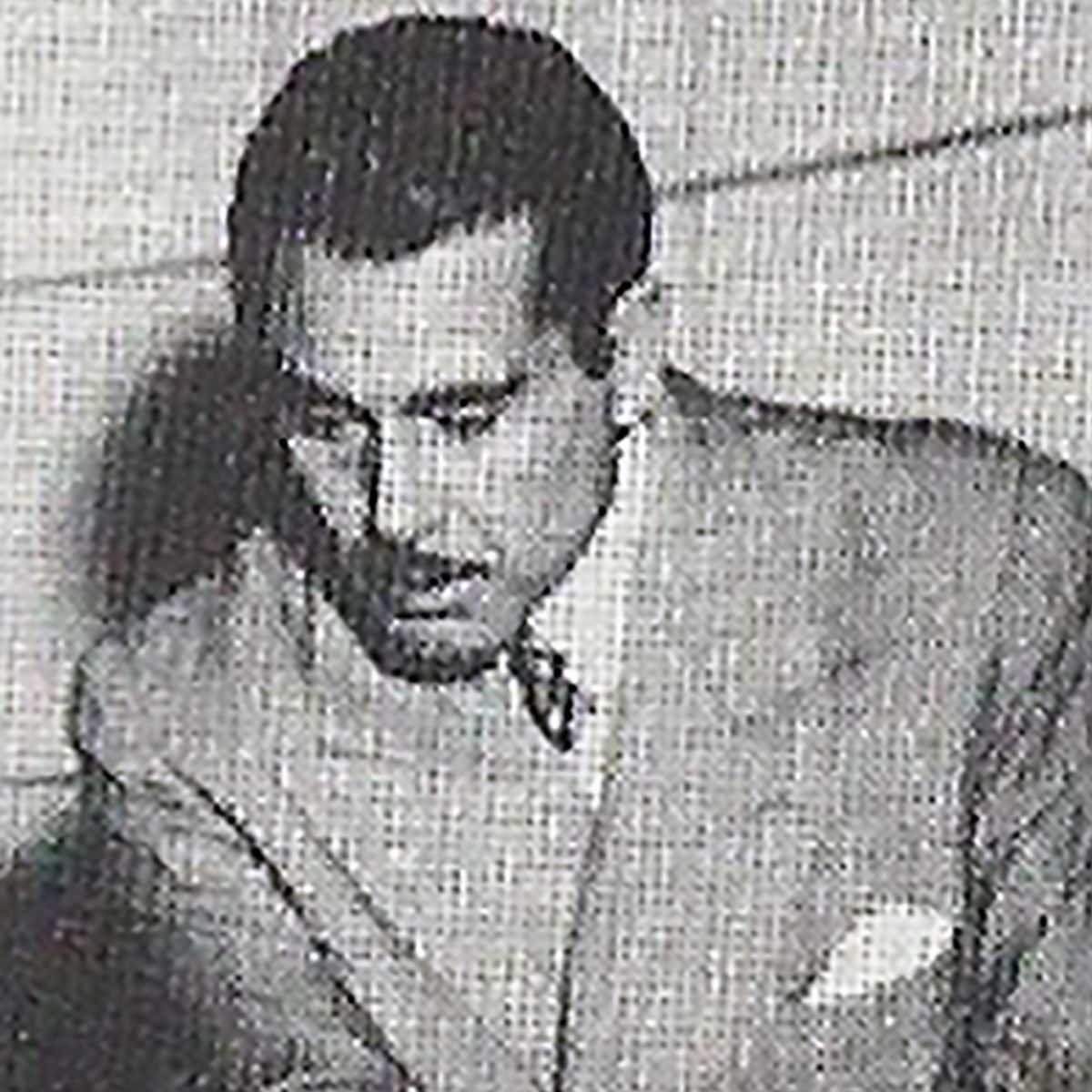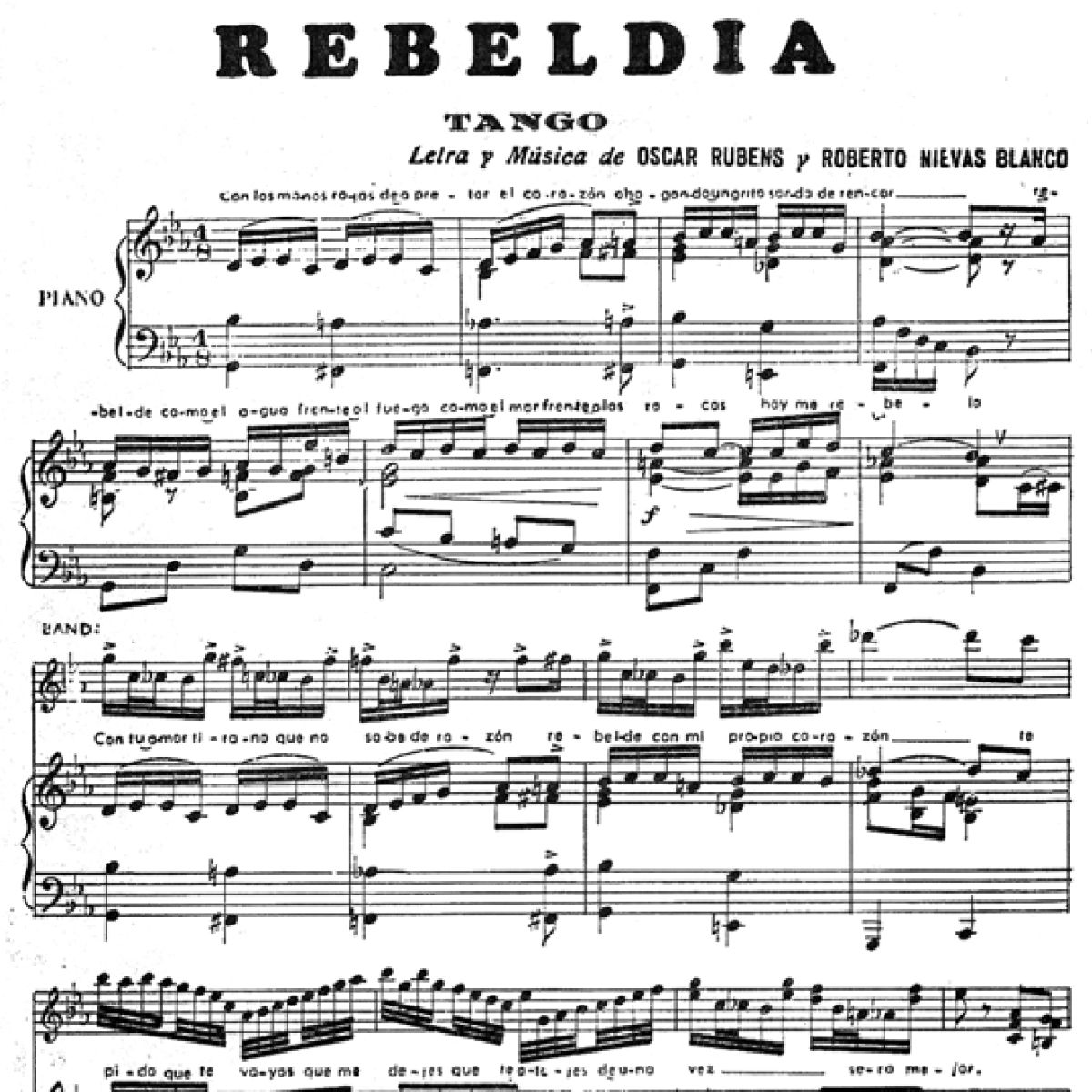Interview by Andrea Barron, a college student in Edinburg, TX, at the University of Texas Rio Grande Valley.
- First and Foremost, Where are you from? Why do you teach Argentinian Tango?
I was born in Argentina. Tango has been part of my life since my childhood. I became an excellent Argentine Tango dancer, and since teaching is a natural skill, I became an Argentine Tango teacher.
- How did you come across this dance style? How long have you been practicing this style of dance?
As I mentioned, I grew up in an environment where Argentine Tango is always present. Therefore, I started formal learning of the Argentine Tango in 1984.
- What does Argentinian Tango mean to you? Does it play an essential role in your culture?
Argentine Tango means to me, the highest wisdom you can achieve. I understand Argentine Tango as a practice that helps me improve in all aspects of being human.
- Do you know the origins of the Argentinian Tango?
The origins of Argentine Tango are highly debated. However, we are confident that it developed in the marginalized sectors of the populations inhabiting Buenos Aires and other urban conglomerates in the Rio de la Plata area during the second half of the 1800s.
- I understand that you teach Argentinian Tango in the United States; how do you preserve the authenticity of this dance style while introducing it in a different country?
I travel back to my country very often, visit and take classes with my teachers and friends, and dance at the milongas (Tango dance parties) in Buenos Aires to maintain a solid connection to the roots of Argentine Tango.
- There are eight known styles of Tango, such as Ballroom Tango and Tango Nuevo, to name a few. So how does the Argentinian Tango differ from other types of Tango? This could refer to culture, movement, maybe both, or any other differences that you may think of.
Argentine Tango differs from other dances in the fact that Argentine Tango is a way of life, an approach to existence. In that sense, Argentine Tango is the purest form of dancing. It makes you see life from the point of view of being a dancer.
- In Argentinian Tango, do performers create any contact or communication with their audience? This could pertain to touch; it can be done vocally or through eye contact.
When you perform Argentine Tango, you dance in the same way that you dance in the milongas (social Tango dance parties): you connect with your partner to form a kind of subjectivity that is of the body of both partners becoming one. From there, you become aware of the surrounding world and adapt your dance to either performance or social dancing situations.
- What dress wear do dancers wear while performing this style of dance?
I like to dress up, like going to a formal party to teach, dance, socialize, and perform.
- I am entirely unfamiliar with the Argentinian Tango. To be trained in this dance style, what advice can you provide for beginners before jumping into practices?
My advice to beginners is this: enjoy the pleasure of dancing. Your curiosity will take you to deepen your knowledge of Argentine Tango step by step.
- Is it challenging to develop the lines of an Argentinian Dancer? How long does it take for a dancer to adapt to the Argentinian Tango’s movement style physically? In ballet, dancers must maintain a straight, strong back and execute graceful motions. In addition, modern dancers are taught to utilize the curvature of the spine and to remain grounded with their movements. Regarding the physical display of the Argentinian Tango, are there any essential tips you can provide for us?
Argentine Tango is infinite. You can continually improve. If you feel you have nothing to improve, you are dead as a dancer. You must train Argentine Tango as a fighter. It would be best if you were solid, versatile, adaptable, and secure. Whatever you achieve with your body implies a spiritual transformation.







